How to Build a Successful Marketplace App?
Nauman Pathan
March 27, 2025 53 Views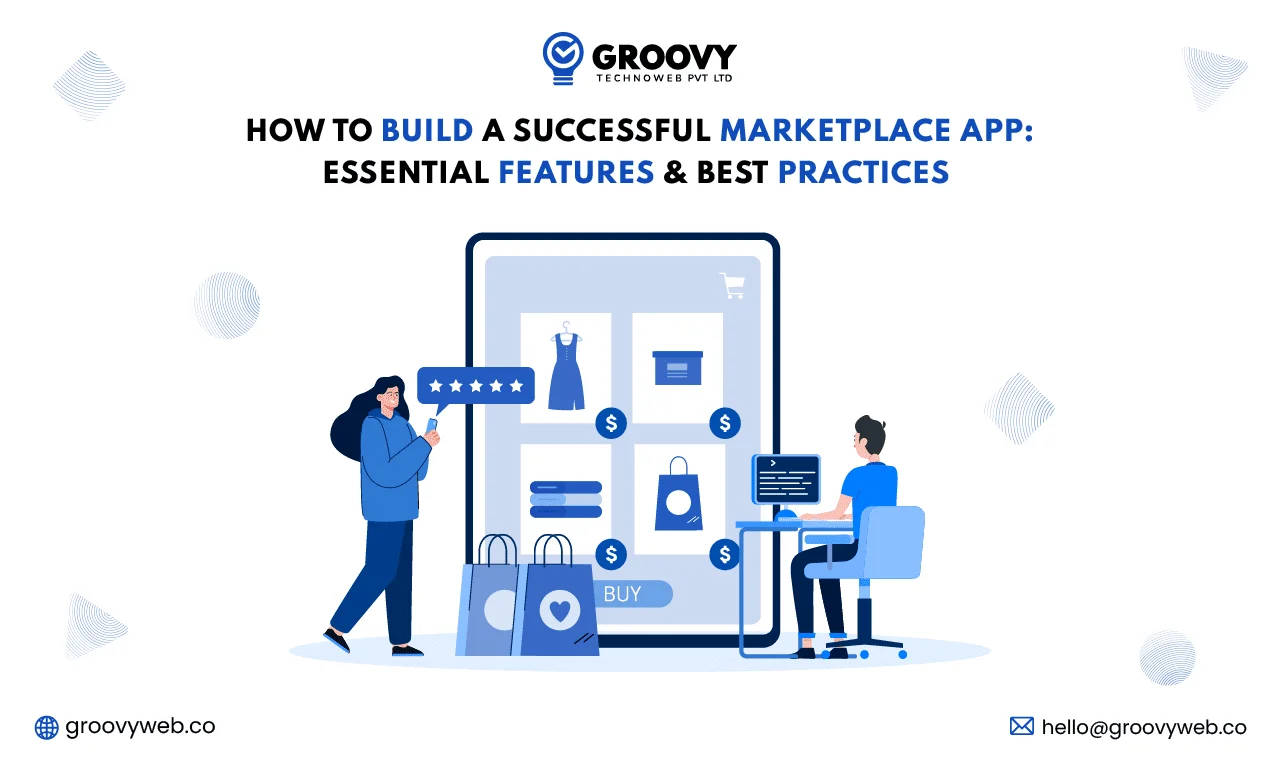
Quick Summary : Marketplace apps are revolutionizing digital commerce by seamlessly connecting buyers and sellers. This guide explores key components of marketplace app development, including user registration, product listings, secure transactions, and order tracking. It also highlights best practices such as niche identification, security implementation, and scalability. Real-world examples like CooQu (food marketplace) and Freight Marketplace (logistics) showcase successful implementations. Whether you’re planning to build an eCommerce, service-based, or B2B marketplace, partnering with an expert development team like Groovy Web ensures scalability, security, and success.
Online marketplaces have revolutionized how companies and consumers interact, presenting huge opportunities for businesses and entrepreneurs. From Uber and Airbnb to Etsy and Amazon, marketplace platforms have transformed businesses by linking buyers and sellers in real time. According to Statista, revenue in the eCommerce Market is expected to grow to US$4.32tn in 2025. Revenue will exhibit an average growth rate (CAGR 2025-2029) of 8.02%, yielding a forecast market volume of US$5.89tn in 2029.
However, building a successful marketplace app requires more than showcasing products and services. It involves strong features, a scalable technology stack, easy-to-use UI/UX, and the integration of safe payments. In this guide, we will cover the essential features, best practices, and success stories to help you build a successful multi-vendor platform. You can rely on Groovy Web for expert marketplace app development and customized solutions tailored to your business needs.
What is a Marketplace App?
A marketplace app is a multi-vendor platform meant to bring buyers and sellers together to make transactions smoothly within one digital environment. Such apps act as intermediaries, ensuring a secure place for users to explore, compare, and buy services from various vendors without necessarily visiting individual websites or physical locations.
In contrast to the conventional eCommerce sites where one business sells products to end-users, marketplace applications allow various sellers to post their products or services, and buyers can select from a variety of options. This variety and competitive pricing entice more users, and hence, there is increased engagement and business growth.
How Marketplace Apps Work
Marketplace apps serve as an intermediary between buyers and vendors, managing the most important processes like order fulfillment, payments, shipping, and customer service. The core process flow is as follows:
- Vendor Onboarding: Sellers sign up, build profiles, and list their products or services.
- Product/Service Listing: Vendors add images, descriptions, and prices.
- Buyer Browsing & Search: Customers browse listings, use filters, and make comparisons.
- Transactions & Payment Processing: Customers buy products via integrated payment gateways.
- Order Fulfillment & Delivery: Sellers fulfill orders, and shipping partners handle delivery.
- Reviews & Ratings: Customers provide feedback, enhancing credibility and trust in the platform.
Industries Benefiting from Marketplace Apps
Marketplace apps serve different industries, making buying and selling easier across industries:
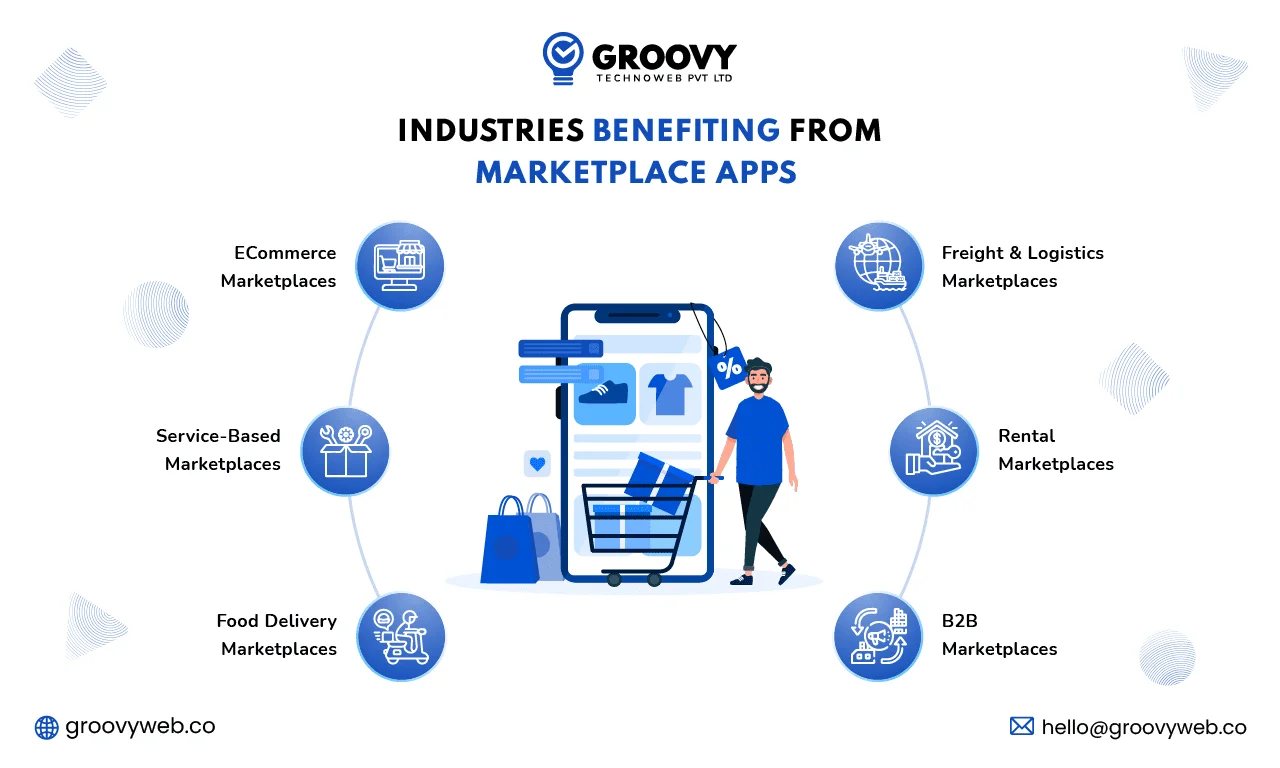
- eCommerce Marketplaces: Amazon and eBay are examples of platforms where multiple sellers can list products.
- Service-Based Marketplaces: Upwork and Fiverr are examples of apps that connect businesses with freelancers.
- Food Delivery Marketplaces: CooQu allows home chefs and restaurants to sell food online.
- Freight & Logistics Marketplaces: Freight Marketplace provides a platform to connect shippers and transport providers.
- Rental Marketplaces: Airbnb provides a platform for homeowners to rent properties.
- B2B Marketplaces: Alibaba offers a platform for business transactions between companies and suppliers.
Revenue Models for Marketplace Apps
Marketplace platforms make money through various models, based on their business and industry. The most prevalent revenue streams are:
- Commission-Based Model: A commission is levied on every transaction (e.g., Amazon, eBay).
- Subscription Model: Premium features are paid for by users on a monthly or annual basis (e.g., LinkedIn Premium).
- Listing Fees: Sellers pay a listing fee for their products (e.g., Etsy, Craigslist).
- Advertising & Promotions: Vendors can advertise their listings through sponsored ads (e.g., Airbnb, Yelp).
- Transaction Fees: A small commission is taken on each payment received (e.g., PayPal, Stripe).
Why Marketplace Apps Are the Future
The need for online marketplaces is growing due to digitalization, mobile phone access, and convenience. A McKinsey survey found that 70% of B2B buyers are willing to spend up to $500,000 in a single online purchase, showing a major shift toward digital buying.
Marketplace applications offer scalability, automation, and improved user experiences, and thus they are a viable and sustainable business model in the current digital economy.
Core Features of a Marketplace App
To create a successful marketplace app, the following features are essential:
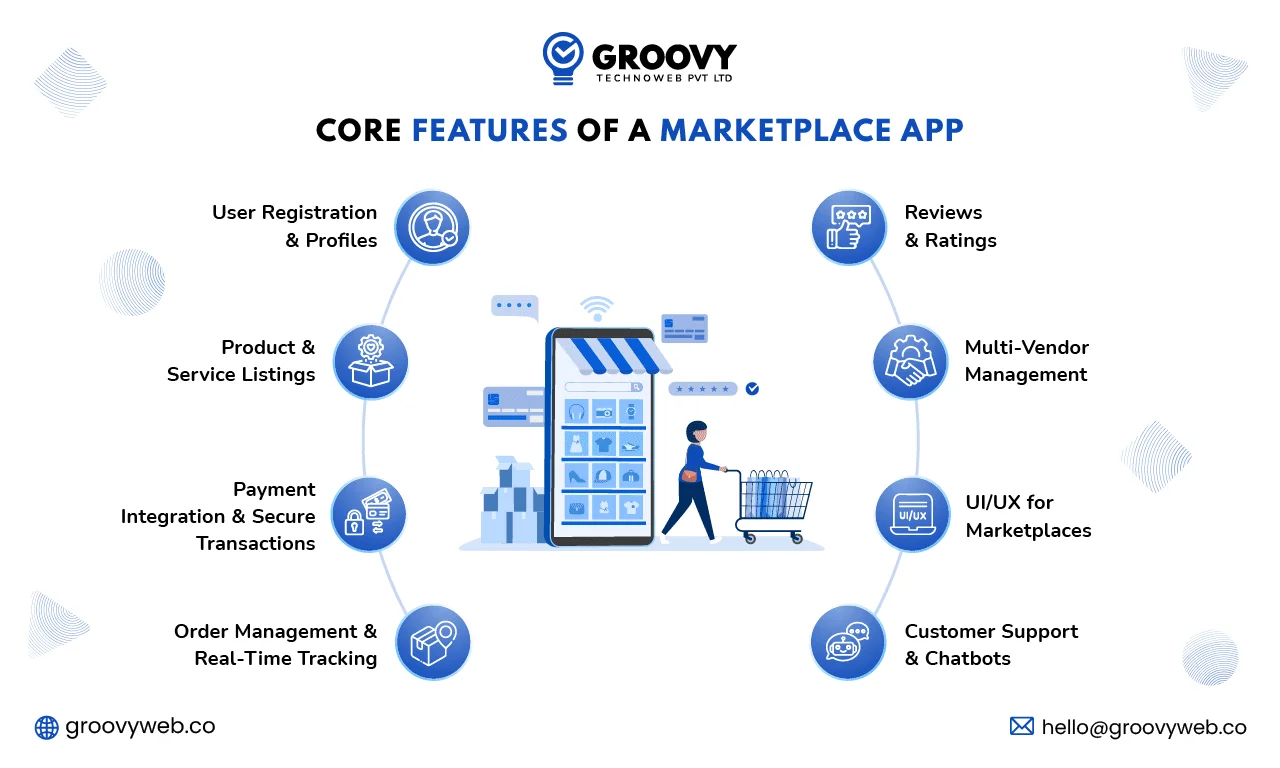
1. User Registration & Profiles
A smooth user onboarding experience provides ease for buyers and sellers alike. Offering multiple sign-up methods such as email registration, social media login, and mobile authentication (OTP verification, Google Sign-In, Facebook Login, Apple ID) provides greater accessibility. An organized profile management system allows sellers to display their services, while buyers can update their preferences, monitor orders, and keep Wishlist. Identity verification and KYC (Know Your Customer) verification also provide trust and security within the platform.
2. Product & Service Listings
An all-inclusive product/service listing mechanism is the pillar of a marketplace. Vendors must be allowed to upload high-definition images, videos, and descriptions to engage prospective buyers. Capabilities such as bulk uploads, category-wise listings, dynamic pricing, and real-time stock updates enhance vendor experience. Personalized recommendations by AI and predictive search enable users to discover what they are looking for in a more efficient manner, driving engagement and conversion.
3. Payment Integration & Secure Transactions
A secure and smooth payment gateway is crucial for establishing trust within a marketplace. Multiple payment methods, such as credit/debit card, PayPal, Stripe, Apple Pay, Google Pay, and digital wallets, are expected by users. As per Statista, the total value of digital payment transactions is expected to grow at a compound annual growth rate (CAGR) of 15.90% from 2025 to 2029, reaching a projected total of US$36.75 trillion by 2029.
At Groovy Web, we provide secure and efficient payment processing by combining fraud detection tools, PCI DSS compliance, SSL encryption, and AI-driven risk analysis to stop fraudulent transactions. Moreover, multi-currency and tax compliance integrations enable marketplace platforms to grow internationally.
4. Order Management & Real-Time Tracking
For a seamless shopping experience, marketplace apps should support real-time order tracking, auto-status updates, and estimated delivery times. Transparency is increased with features such as in-app notifications, SMS/email alerts, and GPS tracking. Logistics integration is most important for delivery-driven marketplaces such as food, eCommerce, and freight services. AI-based logistics and predictive delivery systems enhance the efficiency of operations with on-time delivery.
5. Reviews & Ratings
Customer review is essential to credibility. Verified reviews and ratings enable users to rate sellers, products, and services according to their experience. Sentiment analysis through AI can identify spurious reviews, enhancing trust and ensuring quality levels. Platforms can also implement review incentives (discount for verified reviews) and video reviews for greater authenticity.
6. Multi-Vendor Management
A marketplace should include scalable multi-vendor management tools, allowing sellers to manage orders, monitor earnings, control stock, and engage with customers using chat support. Automated commission administration, payout planning, and vendor analytics dashboards enhance vendor effectiveness and marketplace profitability. A subscription-based tiered vendor model (Basic, Premium, Enterprise) with special privileges can create added revenue for the platform.
7. UI/UX for Marketplaces
An intuitive UI/UX has a substantial effect on retention and engagement. Easy navigation, clean design, quick-loading pages, and personalization through AI enhance user experience. Mobile-first approach, dark mode support, gesture navigation, and AR-based virtual try-ons increase interactivity. Search filter optimization, voice search, and AI-based chat support make buying easier.
8. Customer Support & Chatbots
A seamless customer support system enhances user satisfaction. NLP (Natural Language Processing) enabled chatbots with AI (Artificial Intelligence) support instant query resolution. Live chat, ticketing support, automated FAQs, multilingual support, and in-app call support form a strong 24/7 customer support system. Proactive order updates, refund support, and dispute resolution systems add to the credibility.
Monetization Strategies for Marketplace Applications
An ideal marketplace should implement a profitable income model. These are some of the most impactful monetization strategies:
- Commission Model – Imposing a percentage based on transactions (e.g., Amazon, eBay).
- Subscription Fees – Charging users or vendors monthly (e.g., LinkedIn, Netflix).
- Fees for listings – Imposing fees for the listing of items (e.g., Etsy, Craigslist).
- Feature Ads & Sponsorships – Letting vendors push their listings (e.g., Airbnb, Yelp).
- Transaction Fees – A minimal charge on every payment that is processed (e.g., PayPal, Stripe).
As a leading marketplace development service provider company, Groovy Web provides tailored monetization strategies to optimize revenue potential for your marketplace application.
Best Practices for Marketplace App Development
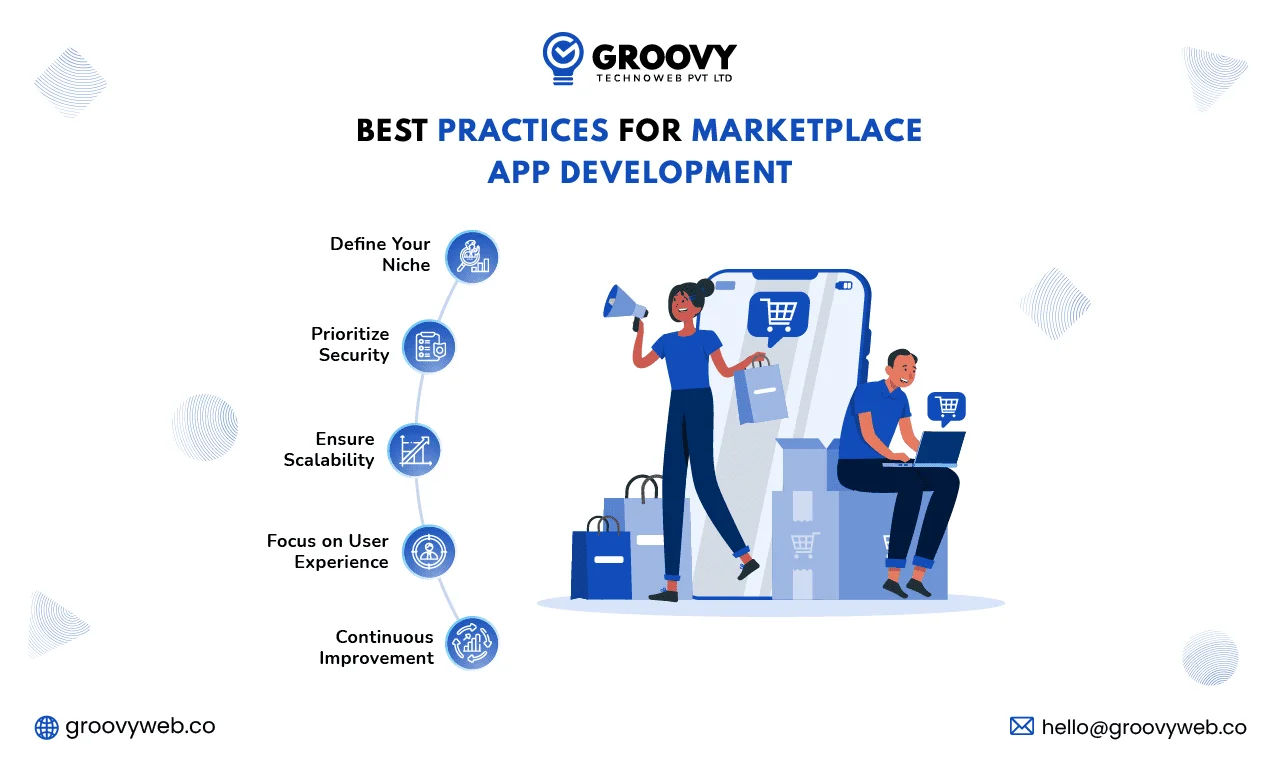
1. Define Your Niche
Prior to launching a marketplace application, it’s essential to find a gap in the market and establish your distinct value proposition. Knowing what bothers the user and what the industry requires assists in aligning the platform for success. An on-demand service marketplace, a B2B wholesale site, or a specialized eCommerce store—having a targeted audience in mind enables businesses to develop solutions that cater to specific users, making them unique compared to other similar applications.
2. Prioritize Security
Security is a priority for any online marketplace, as it processes sensitive customer data and financial transactions. End-to-end encryption, two-factor authentication (2FA), GDPR compliance, and secure payment gateways reduce fraud and data breach risks. Security audits, SSL certification, and AI-based fraud detection provide a secure and reliable platform for buyers and sellers.
3. Ensure Scalability
A growth-oriented marketplace app should be developed with a scalable infrastructure. Employing microservices architecture, cloud hosting (AWS, Google Cloud, Azure), and load-balancing technologies provides uninterrupted performance even when the user base increases. Scalable database management (PostgreSQL, MongoDB) enables smooth processing of product listings, orders, and transactions without slowing down the app and its reliability.
4. Focus on User Experience
A marketplace survives on user activity, and hence UI/UX design becomes a vital component. Offering easy navigation, quick loading times, easy CTAs (Call to Action), and recommendations based on user interactions build customer loyalty. Voice search, intelligent filters, and AI-driven chat support enable a seamless experience leading to increased conversion rates.
5. Continuous Improvement
Marketplace apps need constant updates and optimizations to remain competitive. Periodic A/B testing, performance tracking, and user feedback analysis enable areas of improvement to be detected. Adding new features, refreshing UI design, and bug fixing ensure long-term viability. AI-powered analytics and heatmap monitoring give insights into customer behavior, enabling businesses to fine-tune their app experience over time.
Case Studies
CooQu – A Food Marketplace App Developed by Groovy Web
CooQu is a revolutionary multi-vendor food market app that allows home cooks and restaurants to list their products while offering a smooth food ordering experience to users. Groovy Web built a feature-rich, intuitive UI/UX, added real-time tracking, and secured payment gateways to develop a scalable market.
Explore CooQu here: CooQu – homemade food selling app
Freight Marketplace App – Logistics Solution by Groovy Web
Groovy Web created a freight marketplace application that matches shippers with carriers, making the transportation process easier. The application includes real-time tracking, automated pricing algorithms, and AI-based logistics management, ensuring cost efficiency for companies.
Closing Thoughts
Creating a successful marketplace app entails a strategic process, including necessary features, a solid technology stack, and scalable business models. Whether creating a food delivery app such as CooQu or a freight marketplace, it is important to have the right development partner.
We at Groovy Web are marketplace app development experts, providing highly scalable and innovative marketplace development solutions that meet your specific business requirements. Reach out to us today and create a high-performance, future-proof marketplace app.
Written by: Nauman Pathan
Nauman Pathan is a Project Manager at Groovy Web - a top mobile & web app development company. He is actively growing, learning new things, and adapting to new roles and responsibilities at every step. Aside from being a web app developer, he is highly admired for his project management skills by his clients.
Frequently Asked Questions
We hope these clear your doubts, but if you still have any questions, then feel free to write us on hello@groovyweb.coWhat are the key features of a successful marketplace app?
Essential features include user profiles, product/service listings, secure payment integration, order management, real-time tracking, customer reviews, and AI-driven recommendations.
What technology stack is best for marketplace app development?
It typically includes frontend frameworks like React or Angular, backend technologies like Node.js or Django, databases like PostgreSQL or MongoDB, and cloud services like AWS or Google Cloud.
How do I ensure security in a marketplace app?
Implement encryption, two-factor authentication, fraud detection, SSL certification, and comply with GDPR and PCI DSS standards.
How much does it cost to develop a marketplace app?
The cost of developing a marketplace app depends on factors like features, platform, design complexity, and development location. For an accurate estimate, contact our experts.
Related Blog

Kartik Bhaviyash
The Manifest Features Groovy Web as Ahmedabad’s Top Reviewed B2B Leader for 2023
Achivements 13 Nov 2024 2 min read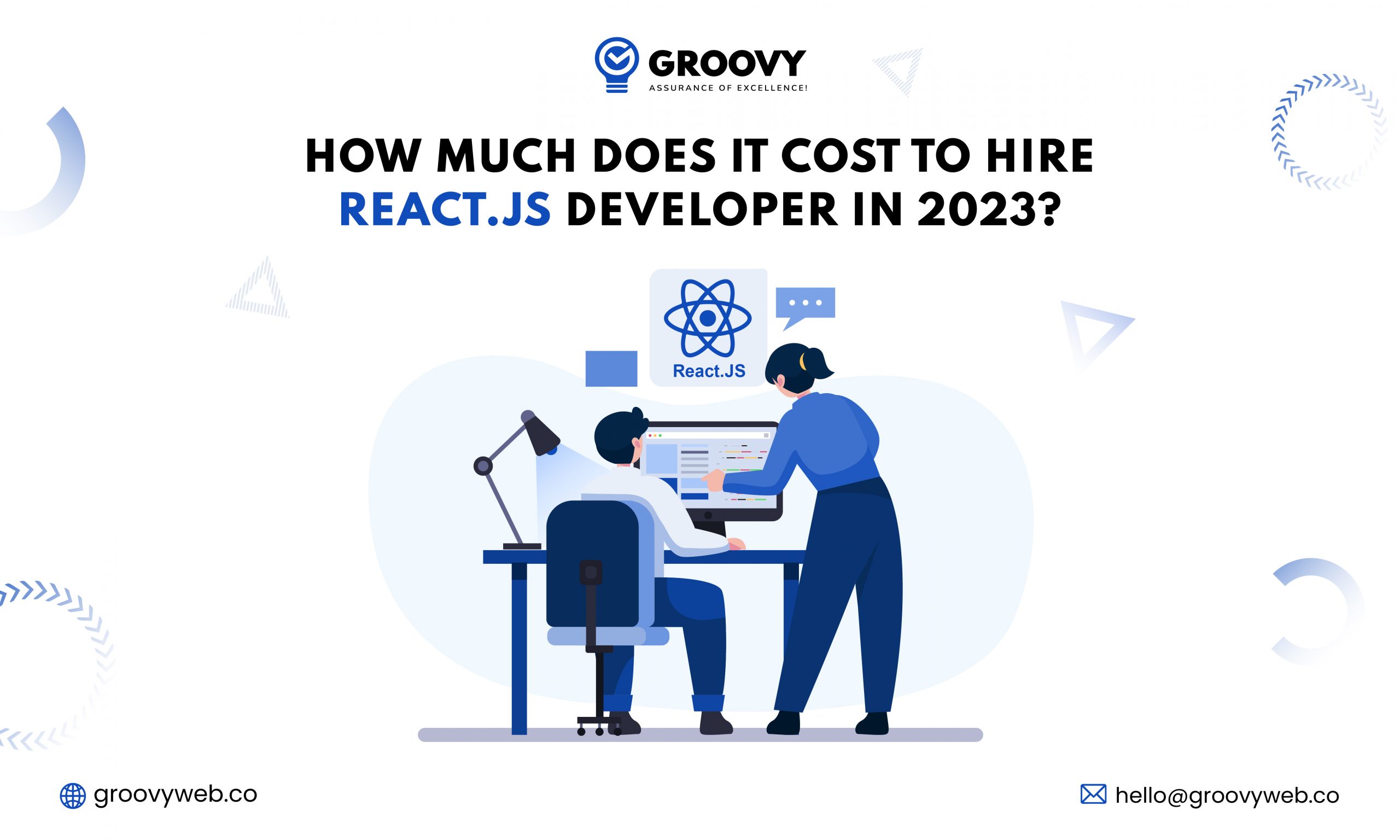
Rahul Motwani
How Much Does It Cost to Hire React.JS Developer in 2023?
Mobile App Development 13 Nov 2024 17 min read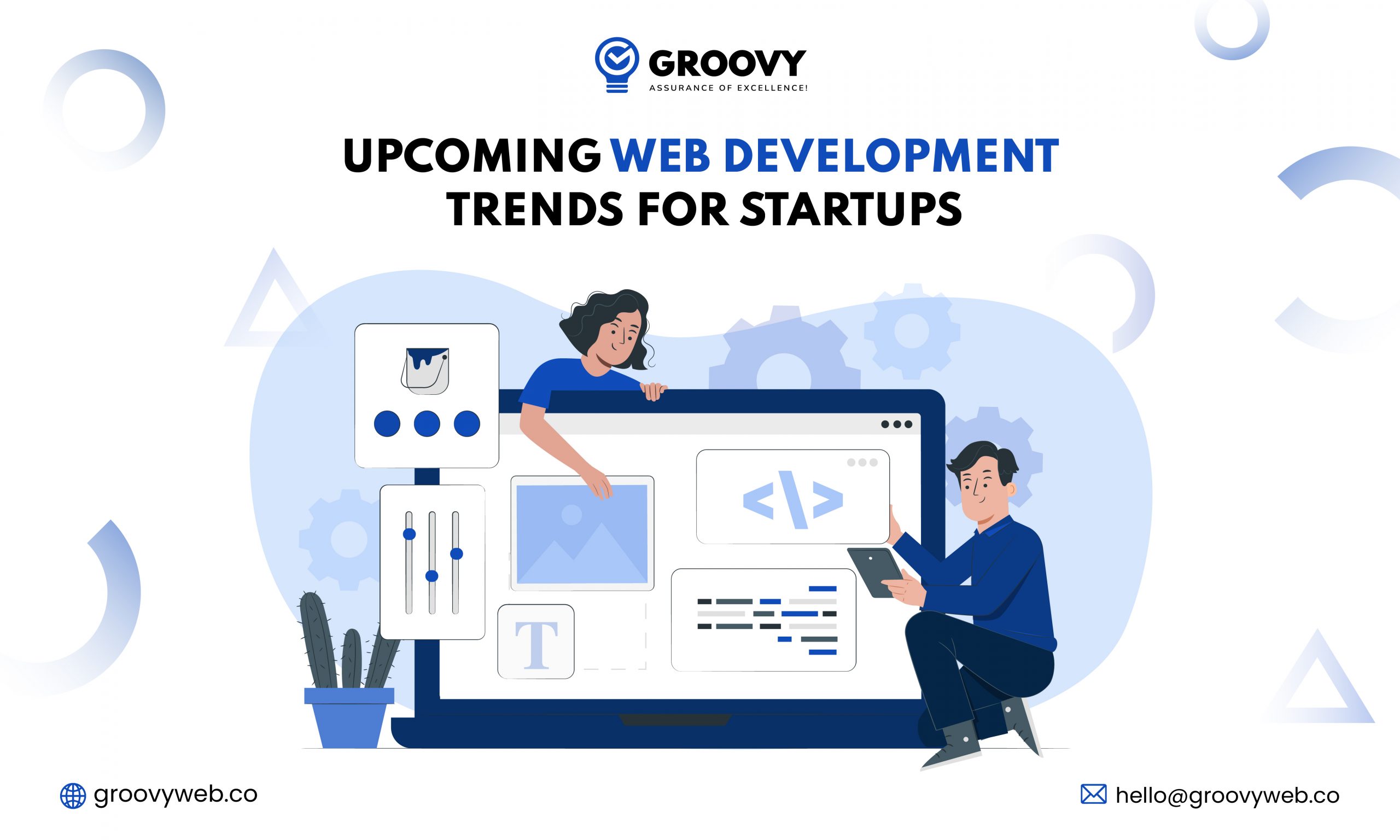
Sagar Patel
Top 22 Upcoming Web Development Trends For Startups in 2023
Web App Development 08 Jan 2025 18 min readSign up for the free Newsletter
For exclusive strategies not found on the blog